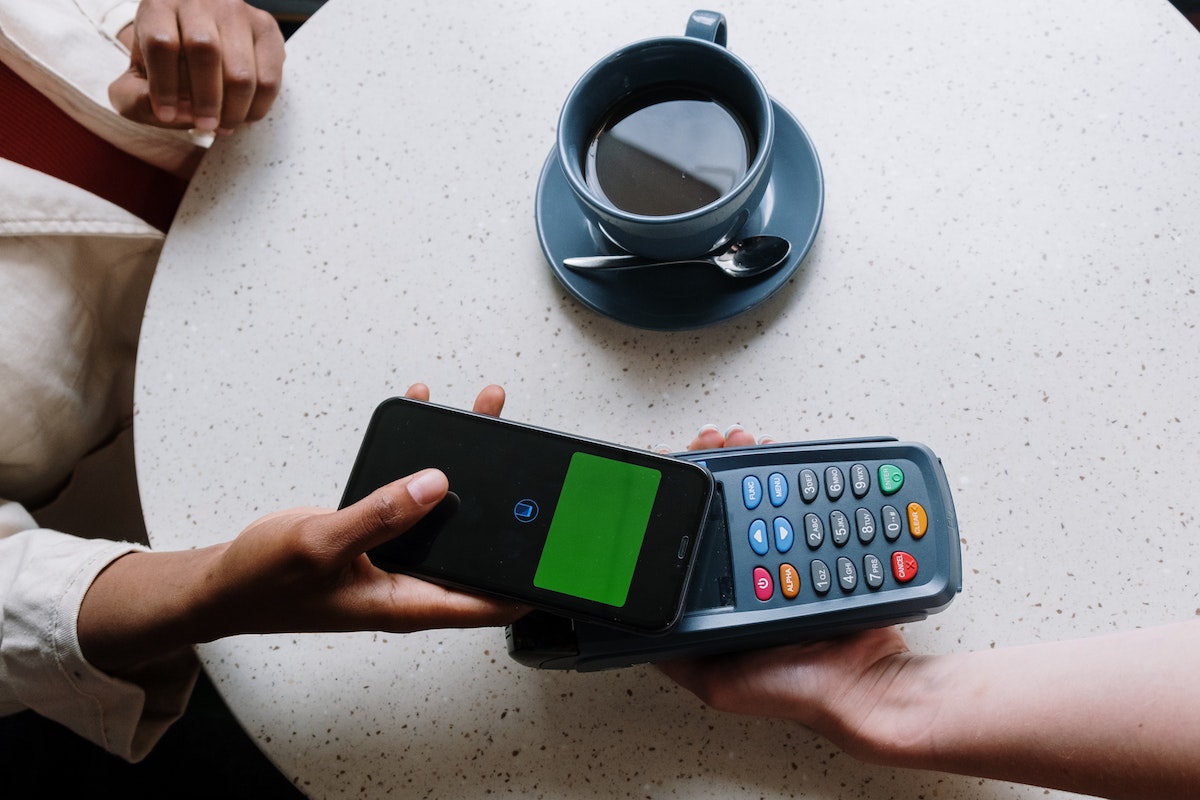This article will explore the rise of mobile payments and their potential for the future of money. Continue reading →
Mobile payments are becoming increasingly popular all around the world. In recent years, the number of people using mobile payments has skyrocketed (Bitsoft360). With the advancement of technology, people are becoming more comfortable with using their phones for financial transactions. This article will explore the rise of mobile payments and their potential for the future of money.
Credit card processing services have significantly advanced, making it easier for businesses to handle digital transactions securely and efficiently. This shift not only streamlines payment processes but also enhances customer satisfaction with quicker, hassle-free checkouts.


Mobile payments have been around for quite some time. However, they have only recently gained popularity. The first mobile payment service was launched in 1999 in Finland. The service was called MobilePay, and it allowed customers to make payments for parking fees using their mobile phones. The first mobile payment in the United States was launched in 2004 by a company called Paypal. The service allowed users to send and receive money using their mobile phones.
Since the advent of mobile payments, the number of people using this service has been on the rise. In 2021, there were over 1.3 billion mobile payment users worldwide. The increase in the number of users can be attributed to several factors. One of the main reasons is the convenience that mobile payments offer. Users no longer have to carry cash or credit cards with them, as they can make payments using their mobile phones. Additionally, mobile payments are faster and more secure than traditional payment methods.
The COVID-19 pandemic has had a significant impact on the use of mobile payments. With the pandemic forcing people to stay at home and avoid physical contact, mobile payments have become an essential tool for many businesses. In 2020, the use of mobile payments increased by 29% in the United States. Many businesses have had to adapt to the pandemic by accepting mobile payments as a way of reducing physical contact. The pandemic has also accelerated the shift to a cashless society, with more people choosing to use mobile payments for their transactions.
The future of mobile payments looks promising. With the rise in the number of mobile payment users, many businesses are investing in this technology. In the coming years, mobile payments are expected to become even more popular, as more people become comfortable with using their mobile phones for financial transactions.
One of the main concerns that people have about mobile payments is security. With the increasing number of mobile payment users, there is a risk of cyber-attacks and fraud. However, mobile payment providers have taken steps to ensure that their systems are secure. For instance, some providers have implemented biometric authentication methods, such as fingerprint scanning, to enhance security.
Mobile payments are expected to integrate with other technologies in the future. For example, the use of voice assistants, such as Siri and Alexa, is becoming increasingly popular. In the future, users may be able to make mobile payments using voice commands. Additionally, the integration of mobile payments with blockchain technology is also being explored. Blockchain technology offers a secure and transparent way of recording transactions, which could enhance the security of mobile payments.
Mobile payments have the potential to transform the way we handle money. In the future, people may no longer need to carry cash or credit cards. Instead, they will be able to make payments using their mobile phones. Mobile payments could also lead to financial inclusion, as they provide a way for people who do not have access to traditional banking services to participate in the financial system. Additionally, mobile payments could reduce the costs associated with traditional payment methods, such as credit cards and wire transfers.
Mobile payments are becoming increasingly popular, and they have the potential to transform the way we handle money. With the convenience and security that mobile payments offer, more people are choosing to use this technology for their financial transactions. The COVID-19 pandemic has accelerated the shift towards a cashless society, with many businesses now accepting mobile payments as a way of reducing physical contact. The future of mobile payments looks promising, with the integration of other technologies and the potential for financial inclusion. However, there are still security concerns that need to be addressed to ensure the safety of users’ financial information. Overall, mobile payments have a bright future and are expected to become even more popular in the coming years.
ecause in the end, productivity isn’t about working nonstop. It’s about working intentionally, aligning your…
Explore how AI is revolutionizing marketing strategies, enhancing customer personalization, automating content creation, and optimizing…
Weight management has become particularly relevant, requiring a systematic approach and professional support. Digital technologies…
A dedicated screening layer empowers teams to focus on community growth rather than endless manual…
The 2025 IRS mileage rate is a delivery driver’s best friend when it comes to…
Effective debt recovery is within reach for businesses that use the right tools and have…